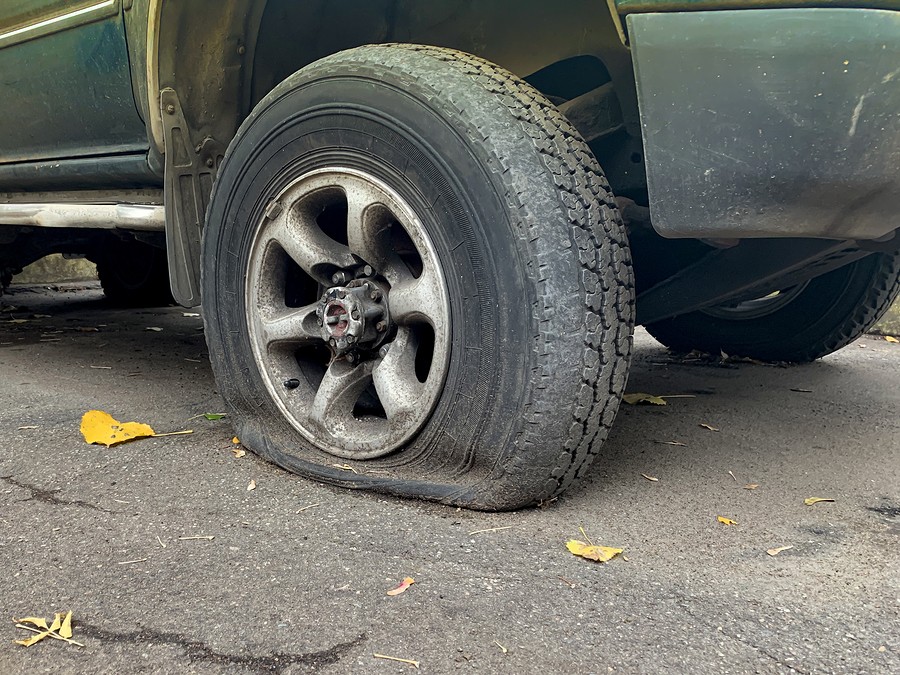Patching a tire typically costs between $20 to $100+, with the price varying based on the damage severity and the repair method.
Types of Tire Damages and Associated Costs
1. Small Punctures: Affordable Fixes
Small puncture repairs are the most common and usually the most affordable, generally costing between $20 and $30. Such punctures, often caused by nails or small debris, can be quickly fixed with a standard patch or plug.
Why Choose Patching?
Patching is often preferred for these minor damages as it's a reliable and cost-effective solution. The process involves sealing the puncture from the inside, ensuring the tire retains air and functions properly.
Can I Patch a Tire Myself?
While DIY kits are available, professional patching is recommended. This ensures the repair adheres to safety standards, preserving the tire's integrity.
When to Opt for Professional Services?
If you're unsure about the severity of the puncture or its exact location, it's best to consult a professional. Incorrect patching can lead to tire failure.
2. More Severe Damages: Higher Costs
For more severe damages, such as large cuts or holes, the cost can escalate, often requiring more extensive repairs or even tire replacement. The price range for these repairs typically starts at $50 and can exceed $100.
Understanding the Need for Replacement
In cases where the tire's structural integrity is compromised, particularly with sidewall or bead damage, replacement is usually the safer option.
Cost Variability
The cost can vary significantly based on the tire's brand, size, and type. Specialty tires, such as run-flats or those designed for specific vehicle types, can be more expensive to repair or replace.
Insurance Coverage
It's worth checking if your auto insurance or tire warranties cover these types of repairs, which can mitigate out-of-pocket expenses.
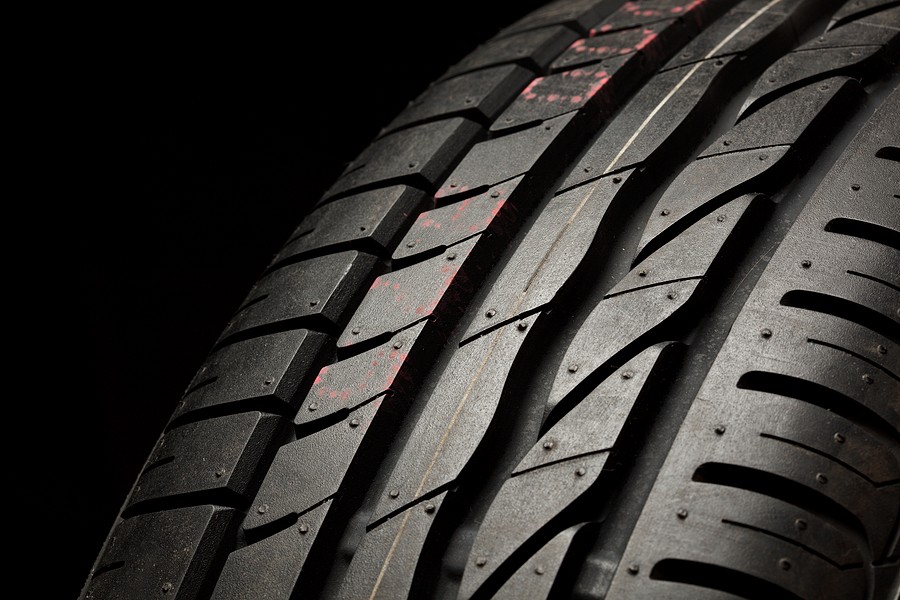
3. Bead Seal Leaks
Bead seal leaks pose a unique challenge, often requiring tire remounting or even replacement. Costs for such repairs can range between $40 to $100+.
What Causes Bead Seal Leaks?
These leaks typically occur when the tire bead fails to seal properly against the rim, leading to air loss. Causes can include corrosion or physical damage to the rim.
The Repair Process
Addressing a bead seal leak often involves removing the tire, cleaning the rim, and resealing the tire. In cases where the rim is damaged, replacement may be necessary.
Why Proper Sealing is Crucial
Ensuring a proper seal is vital for tire safety and performance. A faulty seal can lead to gradual air loss, impacting vehicle handling and fuel efficiency.
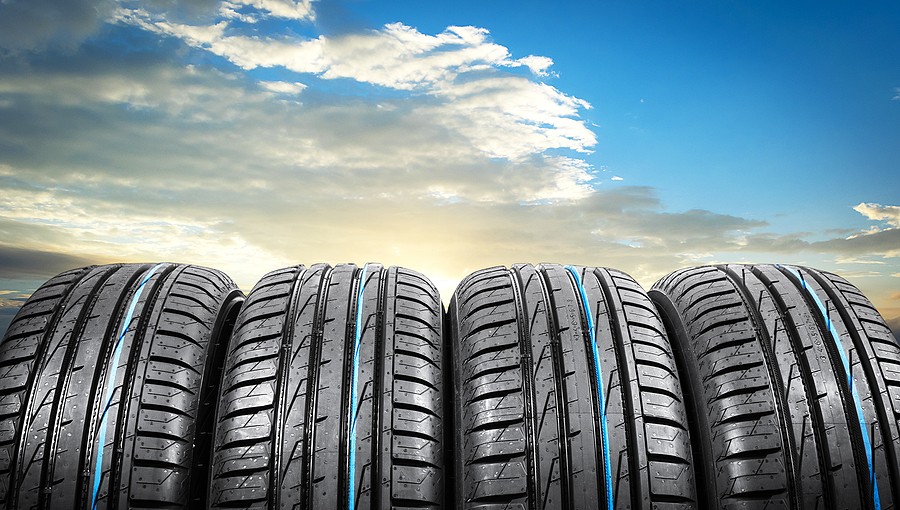
Preventative Measures and Maintenance
Regular Inspections and Care
Regular tire inspections can help identify potential issues early, potentially saving on repair costs. Look for signs of wear, punctures, or sidewall damage.
Importance of Tire Pressure
Maintaining proper tire pressure is crucial. It not only extends tire life but also prevents many common tire issues, including uneven wear and sidewall damage.
Rotation and Balancing
Regular tire rotation and balancing contribute to even wear, extending the life of your tires and improving overall vehicle performance.
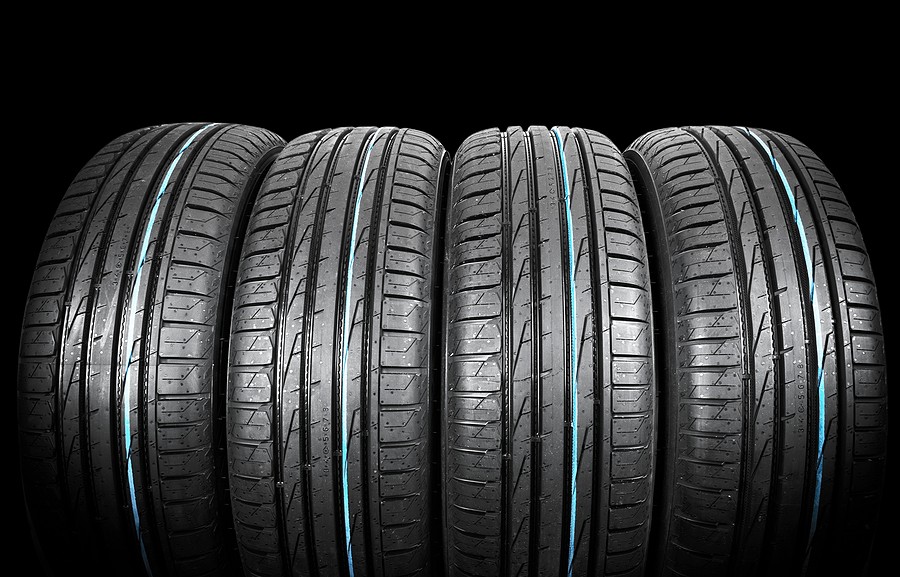
Answering Your Relevant Questions
How Long Can I Drive on a Patched Tire?
The longevity of a patched tire can vary. A properly patched tire can last for the remaining life of the tire, typically between 7 to 10 years. However, it's crucial to regularly inspect the tire and maintain proper air pressure.
Patch vs. Fix-a-Flat
While Fix-a-Flat and similar products offer a quick temporary solution, they are not substitutes for a proper patch. These temporary fixes can affect the tire's balance and should only be used in emergencies.
DIY Patching
While it's possible to patch a tire yourself, it's generally recommended to seek professional services. This ensures the repair is done correctly and safely.

Conclusion: Ensuring Tire Safety and Longevity
Remember, while patching a tire can be a cost-effective solution, it's essential to assess each situation individually. Always prioritize safety and consult professionals when in doubt.
Contact Cash Cars Buyer for Your Car Needs
If you're looking to sell your car, regardless of its condition, contact Cash Cars Buyer at 773-791-4363. We offer competitive prices and hassle-free services. Or you can fill out our online form to get your instant offer by clicking here!
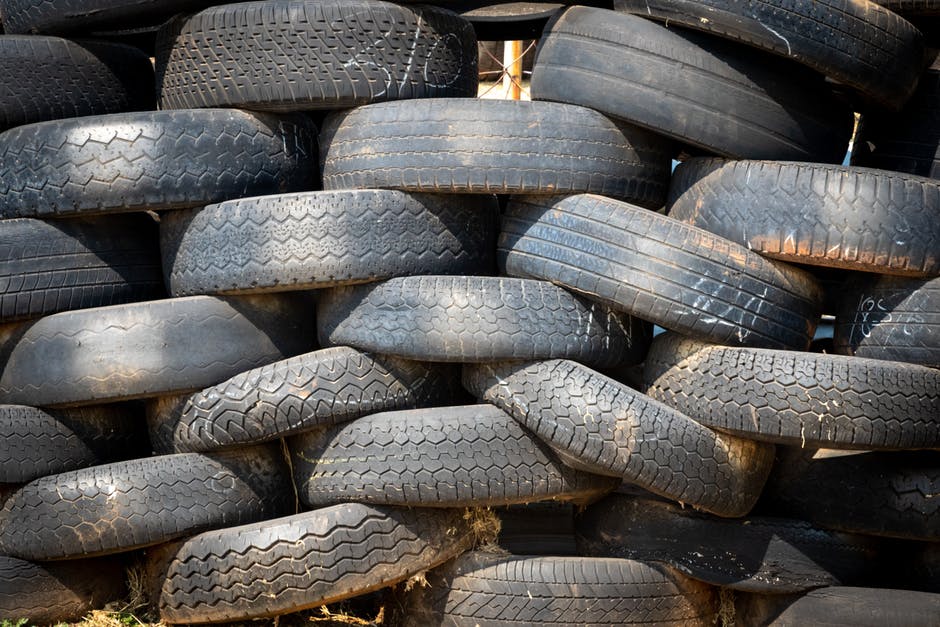
FAQs
- Can I drive immediately after patching a tire? A: Yes, you can drive immediately after a tire has been professionally patched. However, it's advisable to check the tire pressure and ensure it's at the recommended level.
- How does tire patching impact overall tire life? A: If done correctly, patching a tire should not significantly impact its overall lifespan. The key is to ensure the patch is properly applied and the tire is maintained appropriately.
- Is tire patching a permanent solution? A: Yes, a professional tire patch, when applied correctly, is a permanent solution for a punctured tire, barring any further damage.
- Can all tires be patched, including run-flats and high-performance tires? A: Most standard tires can be patched, but some run-flat and high-performance tires have specific repair restrictions. Always check the manufacturer's guidelines.
- What are the risks of patching a tire myself? A: DIY tire patching risks improper installation, which can lead to tire failure. It's always safer to have a tire patched by a professional.
- How do I know if my tire is too damaged to be patched? A: A tire is typically too damaged to be patched if the puncture is larger than ¼ inch, located on the sidewall, or if there are multiple punctures too close together.
- Does patching a tire affect my car's handling or performance? A: If the tire is properly patched, there should be no noticeable effect on the car's handling or performance.
- How often should I check a patched tire? A: It's good practice to check a patched tire's pressure and inspect it for leaks or damage every time you check your other tires – at least once a month.
- Can a tire with a patched puncture be repaired again in the future? A: Yes, as long as the new puncture is not in the same area as the patch and the tire is otherwise in good condition.
- Is patching a tire more environmentally friendly than replacing it? A: Yes, patching extends the life of a tire, reducing waste and the need for new resources used in tire production.

